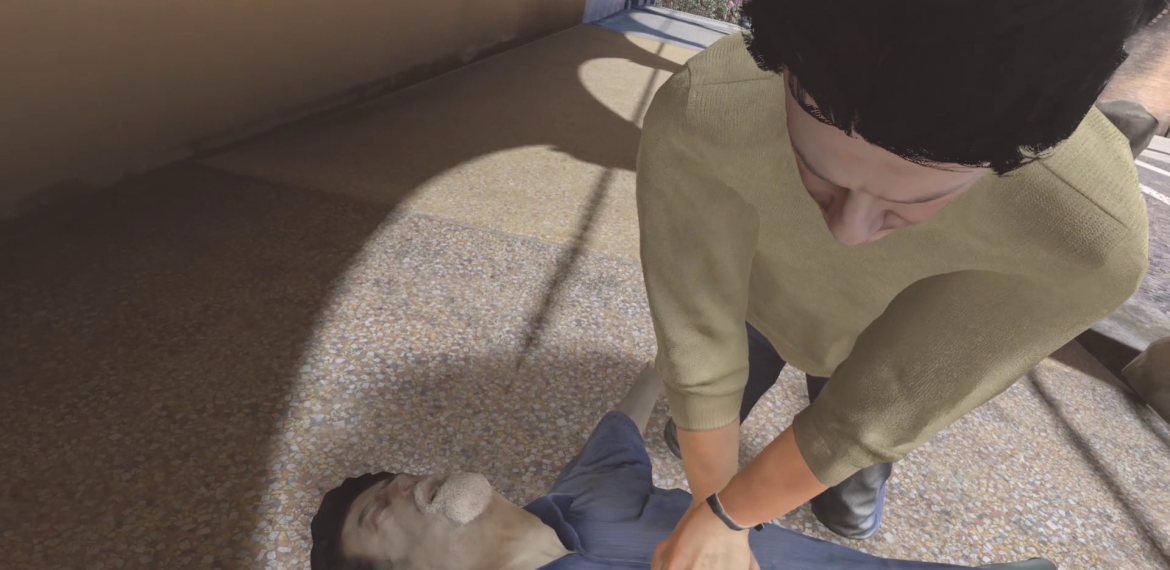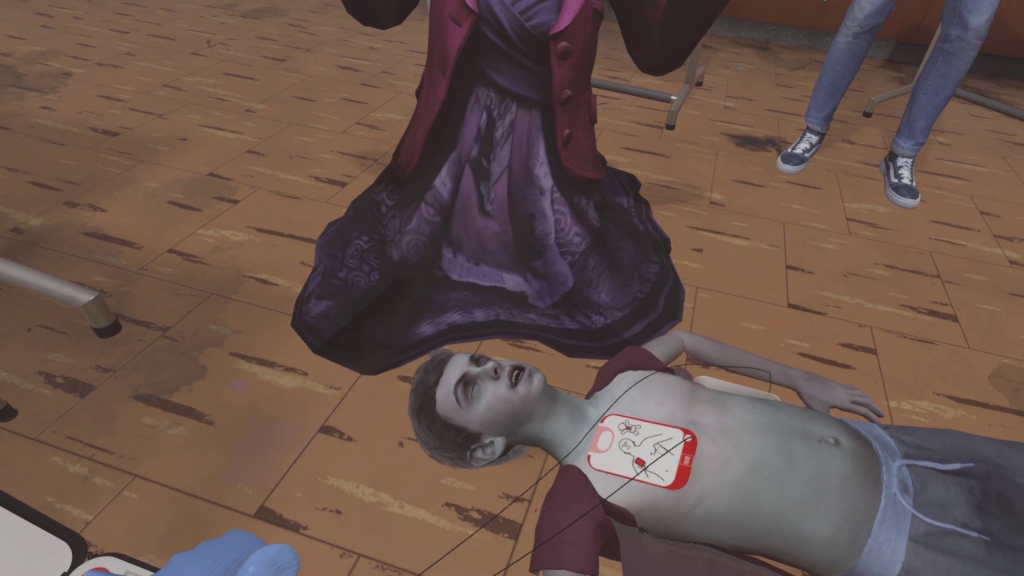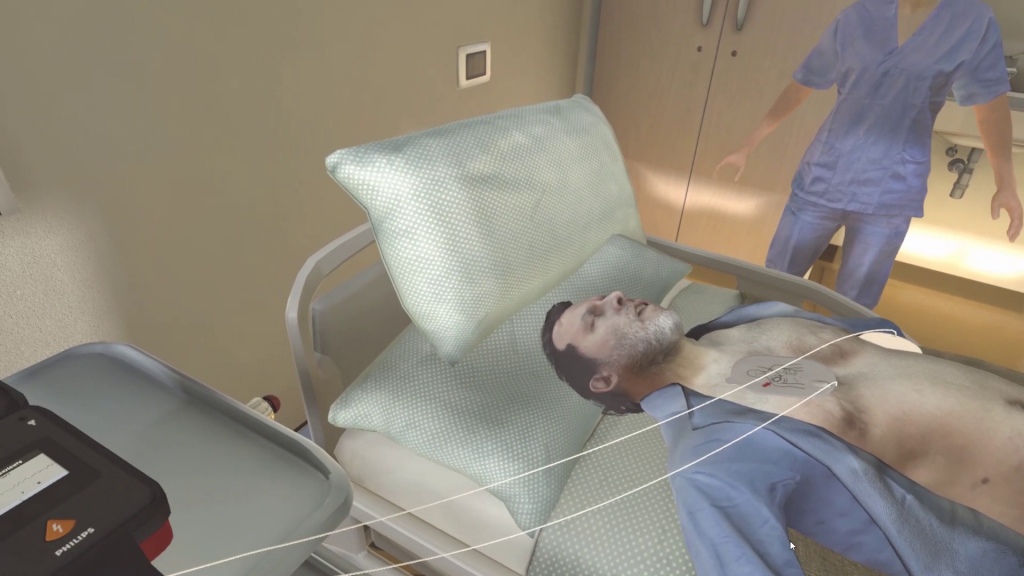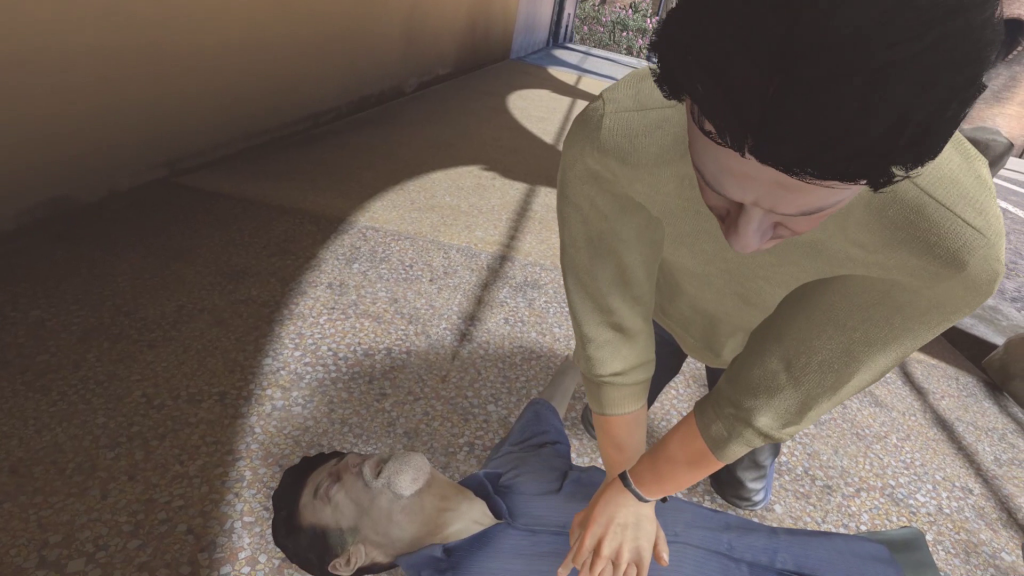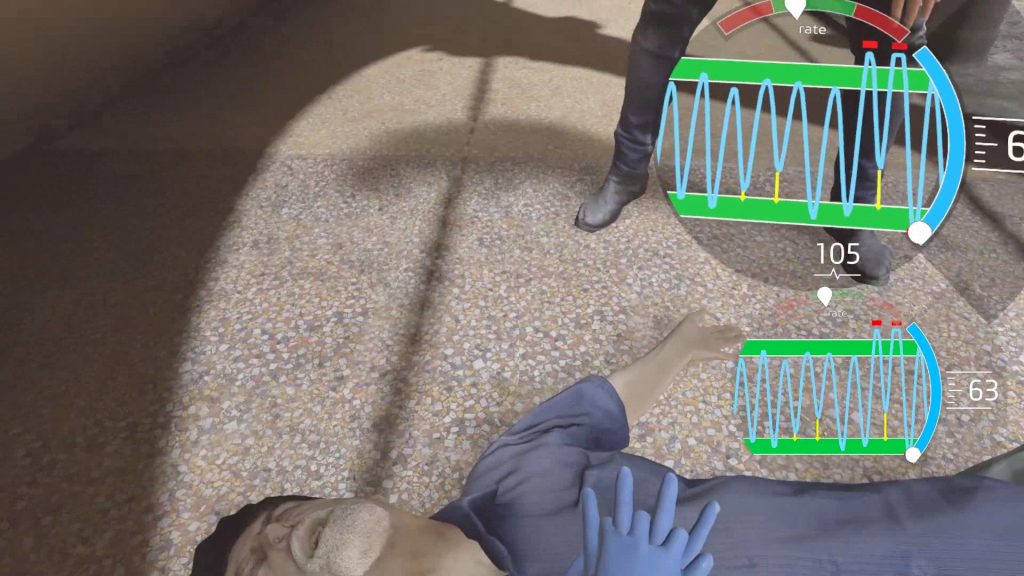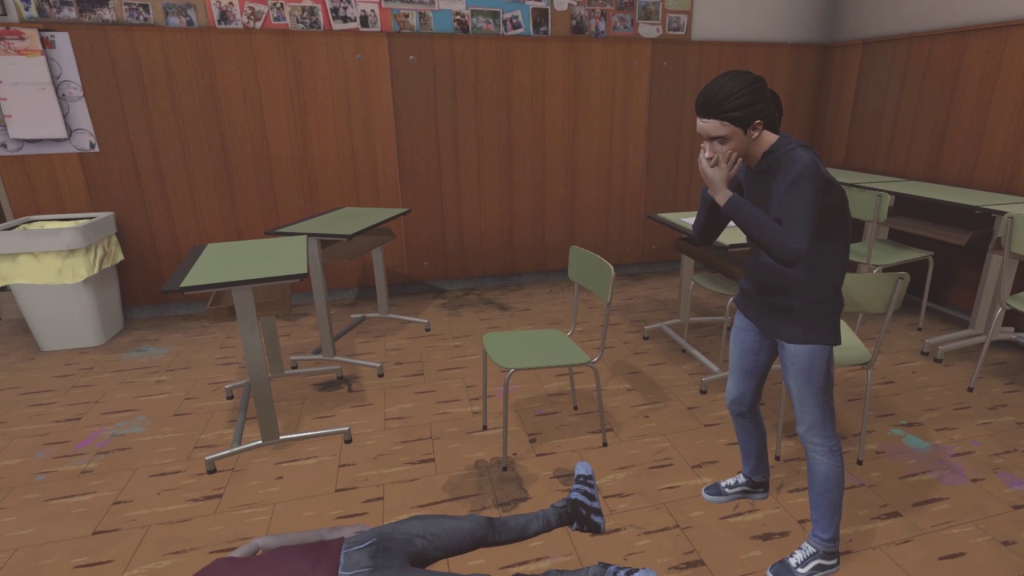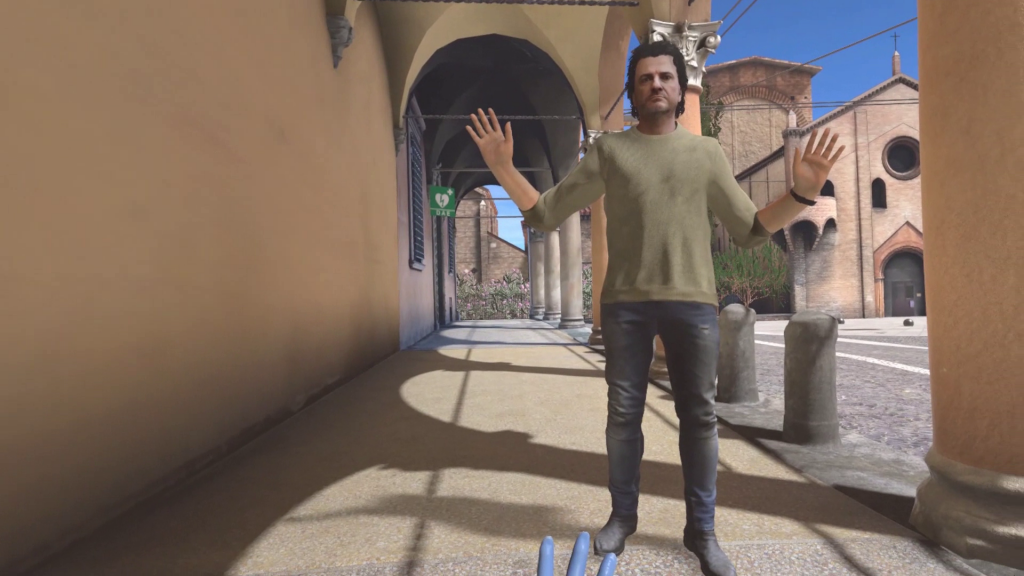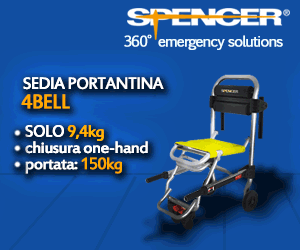The title is completely provocative, but the topic is revolutionary: transforming first aid practices, from resuscitation to defibrillation, into an experience for Oculus Go glasses headset. Here’s how to turn BLS-D training into a potential mass fashion.
BOLOGNA – The European Resuscitation Council has just finished and we still have not clear which words use to describe what we have seen. This year’s edition has been not only a
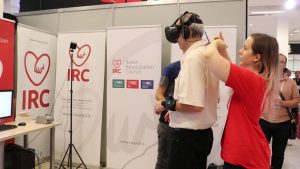
The necessary tools to asset an advanced virtual CPR setting are few and easy to set up. Training is realistic like never before!
participatory congress, pleasant and to remember for the topics discussed through a clinical level (starting from the Paramedic 2 study on the use of adrenaline in the pre-hospital field), a sensation of a latent revolution has been left in the air, ready to spread training and re-training of BLS-D to an even more advanced level.
This congress was not the same old story about new technologies. It was the real proof of how much virtual reality can affect the way we learn, understand and become passionate about something.
Because the Virtual Reality CPR (VR CPR) platform is an innovative and ambitious project that moves on the way of training and re-training for the healthcare professional, volunteers and technicians in the use of the defibrillator and in the delivery of a “top quality” CPR (ie with compression between 5 and 6 cm and frequency between 100 and 120 pressure per minute).
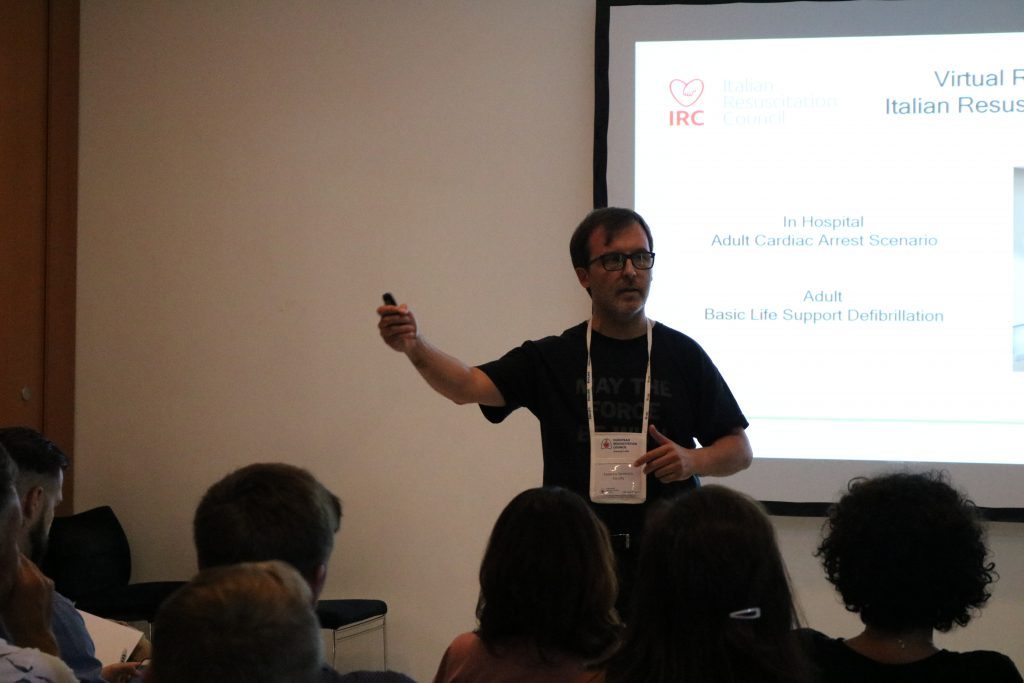
ERC 2018 – Federico Semeraro, supervisor and creator of this project explains what has been done to guarantee the maximal clinical reliability
This virtual platform developed for Oculus Go and Htc Vive will be available online, on the Oculus and Steam store, and will give life to real competition, a sort of Guitar Hero but focused on CPR, but in reality, the healthcare professionals and lay rescue will be ready to provide a correct CPR, if necessary.
The functionality of this project, already discussed in the past by the creator of Virtual CPR, Dr Federico Semeraro.
Semeraro appeared concretely in front of hundreds of doctors, nurses, cardiopulmonary education professionals, and trainers. Virtual reality is here, it has arrived to stay and in particular, it is extremely important to let professionals making a qualitative leap of practice in case of sudden cardiac arrest. Think for example, about a contest with virtual reality in a dispatch centre, or in ERs, where healthcare professionals “compete” in order to acquire the ability to do a perfect CPR and correctly apply a defibrillator! It would be a sort of good “gym” to solve training and retraining problems, both to who do not practice usually a CPR and who is following training to become pre-hospital healthcare professional.
Therefore, it is clear why healthcare companies have decided to invest in this project, so as to guarantee VR CPR as a virtual reality that perfectly coincides with what can happen in real life. A person who is technically lifeless (unconscious, not breathing normally and, no blood circulation) is certainly one of the most stressful conditions if you are the only one able to apply a life-saving manoeuvre. Turning this situation into a video game, from which healthcare professional learn how to behave in the best way as possible in case of cardiac arrest, can really bring interesting outcomes, and for sure there will be, in the future, several studies on this revolutionary technology.
In the next few days, we will have the opportunity to interview Dr Semeraro deeply on this topic. In the meantime, we will provide you with all the feedbacks collected during the three days of the European Resuscitation Council with videos and photo gallery!
Watch the video:
The future is here! VR CPR is perfect for pre-hospital and ER training and retraining tool.

